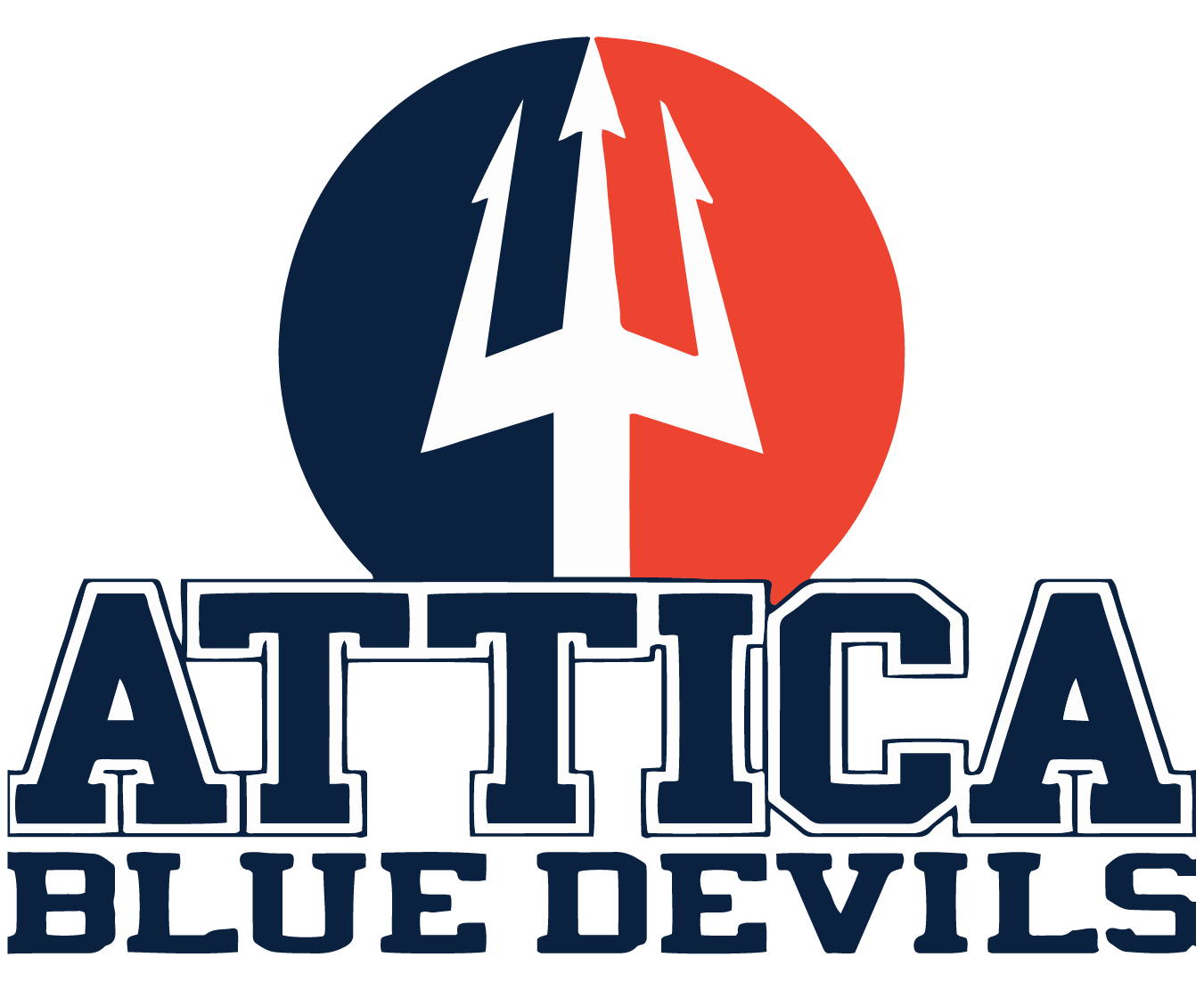As we’re now almost a quarter of the way into the 21st century, I think most people would agree we’re becoming more and more removed from analog technology. Digital seems to have replaced most manual creative processes. While this may be considered a necessary evil, there is still hope and benefits for still doing things the “old way.”
Each year around springtime, our high school counselors are busy scheduling students for their courses the following year. Our high school art program is a strong one, offering eight different elective classes for students to enroll in, in addition to foundation level studio In art.
One of those electives is black and white film photography. In this course, students learn how to use an old school 35mm film camera. Considered a lost art, Ms. Laura Steves is working hard to keep the technology alive at Attica. Students learn about the history of photography, how to take a well composed photo, how to develop their film, and how to use the dark room to print their own photographs.
They also understand that being able to persevere and problem solve are important skills to learn. With analog photography, sometimes things don’t work out the way we want or expect. Figuring out what went wrong and honing in on the problem so it doesn’t happen again is a big part of learning.
Ms. Steves always wants her students to persevere through the challenges they face.
“Art teaches us many things and sometimes that lesson is that things don’t always turn out how we expect them,” said Steves. “What matters is what we learn from that experience and how we can apply it in our lives.”
As your high school student is thinking about classes for next year, instead of sitting in a study hall, have them consider choosing an elective class that is perhaps out of their comfort zone. Something that can challenge their capabilities and allow them to take some creative risks. They may just surprise themselves with what they can do!

Photo courtesy of Laura Steves
A contact print of film negatives. This step of the film-development process allows students to review the images they’ve captured and decide which to enlarge.

Photo courtesy of Laura Steves
The ‘Darkroom In Use’ sign lets students know that the darkroom is in use and to not bring any light into the room.

Photo courtesy of Laura Steves
The enlarger station in Attica’s darkroom is used to enlarge a chosen frame of a negative to create a final print.

Photo courtesy of Laura Steves
A selection of photo negatives as they appear after being developed.

